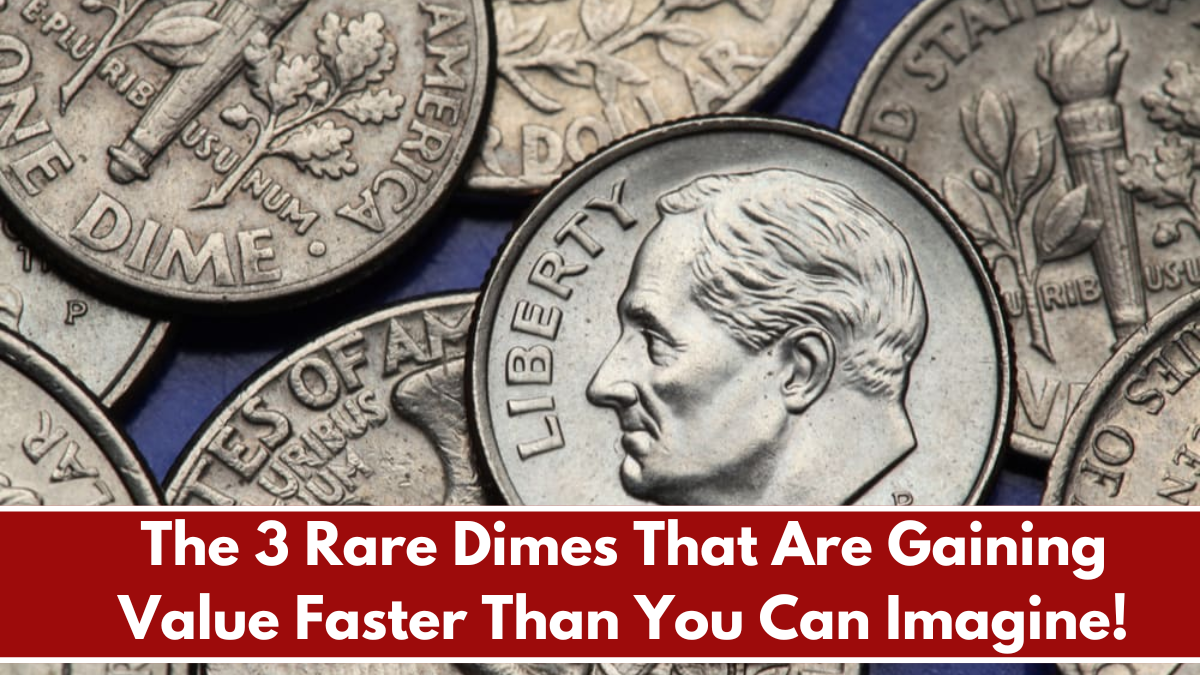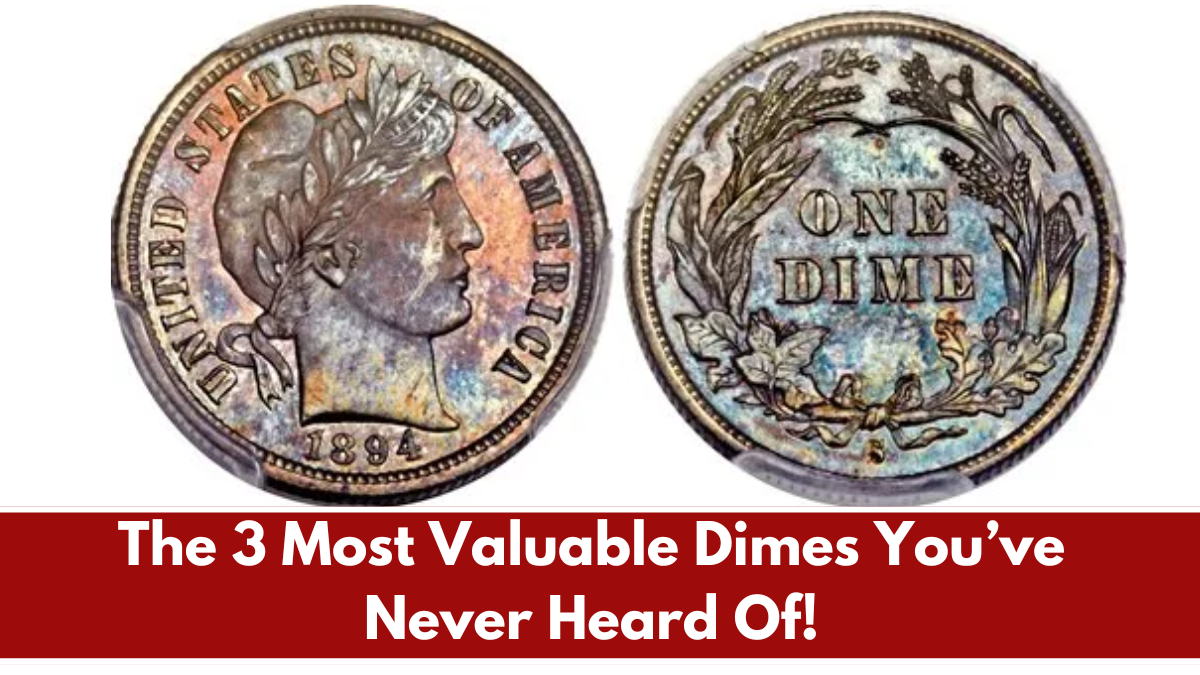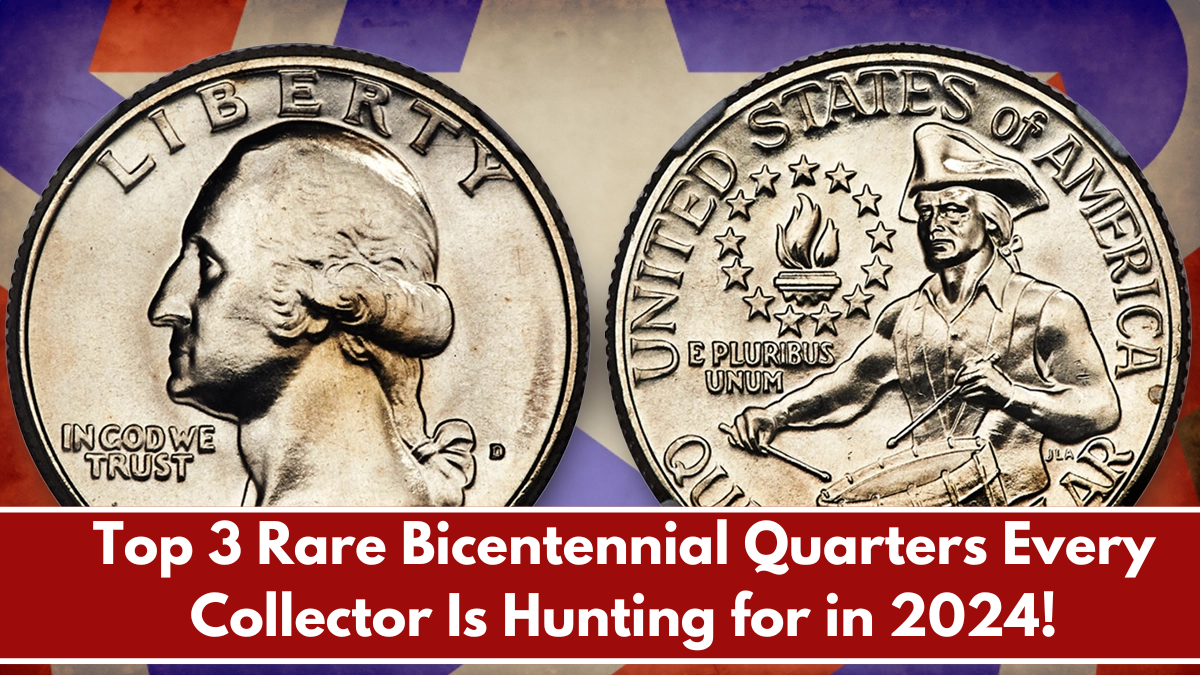In the world of coin collecting, certain dimes are becoming increasingly valuable, with prices soaring faster than many investors expected. While most people are content with the change in their pockets, rare dimes are quietly gaining value, often surprising collectors with their skyrocketing prices. If you’re looking to invest in coins that offer excellent returns, these three rare dimes are definitely worth your attention. Let’s dive into the world of these increasingly valuable coins and how they’re rapidly gaining value.
1. 1916-D Mercury Dime
The 1916-D Mercury dime is widely regarded as one of the most coveted coins in U.S. history. Due to a limited mintage of only 264,000 coins, the 1916-D Mercury dime is already a high-value piece for collectors. Its value has surged in recent years, with prices reaching upwards of $100,000 in pristine condition. As fewer examples remain in circulation, its desirability continues to increase, making it one of the top dimes gaining value faster than most others.
Why It’s Gaining Value: The 1916-D is considered one of the key dates in the Mercury dime series. The growing interest from collectors and investors alike is driving its prices up. The combination of its historical significance and rarity ensures that this coin will continue to appreciate in value over time.
2. 1942/1 Mercury Dime
Another dime that’s seeing substantial value growth is the 1942/1 Mercury dime. This coin is especially rare because of a minting error where the “1” from the 1941 date is visible beneath the “2” of the 1942. This overdate error makes it one of the most sought-after dimes by collectors.
Why It’s Gaining Value: The 1942/1 Mercury dime’s error makes it particularly attractive for coin collectors. Its uniqueness and the fact that only a limited number of these dimes were produced contribute to its rapidly increasing value. As error coins become more popular among collectors, the 1942/1 Mercury dime will continue to gain in value.
3. 1931-S Mercury Dime
The 1931-S Mercury dime is another rare dime that’s increasing in value year after year. With a mintage of only 1.2 million coins, it is one of the lowest-mintage coins in the Mercury dime series, making it a highly sought-after piece.
Why It’s Gaining Value: The 1931-S Mercury dime has been on collectors’ radar for a long time due to its rarity. As the number of well-preserved coins declines and demand rises, the price for this particular dime has steadily increased. Additionally, the ongoing interest in Mercury dimes as a whole is helping to push the value of the 1931-S even higher.
Rare dimes are rapidly becoming valuable assets in the world of coin collecting, with certain pieces consistently appreciating in value. The 1916-D, 1942/1, and 1931-S Mercury dimes are prime examples of coins that are gaining value faster than most collectors anticipated. These dimes are not only a great investment but also an exciting addition to any collection. If you come across one of these rare dimes, be sure to get it appraised, as it could very well be worth much more than you think!
FAQ’s:
1. What makes the 1916-D Mercury dime so valuable?
The 1916-D Mercury dime is valuable because of its low mintage of only 264,000 coins, making it extremely rare and highly sought after by collectors.
2. How can I tell if I have a 1942/1 Mercury dime?
Look closely at the date. You’ll see the remnants of a “1” beneath the “2” of the 1942, which marks the error and makes it incredibly valuable.
3. Why is the 1931-S Mercury dime worth so much?
Its rarity is the primary reason. Only 1.2 million were minted, and as fewer coins remain in excellent condition, its value has increased steadily.
4. How do I properly store rare dimes to preserve their value?
To preserve rare dimes, store them in protective holders, such as PVC-free coin flips or capsules, to prevent damage from moisture, light, or air exposure.
5. How can I determine the value of my rare dimes?
To determine the value of your rare dimes, it’s best to have them graded by a reputable service like PCGS or NGC. The grade will affect the coin’s market value, so getting it professionally assessed is essential.













